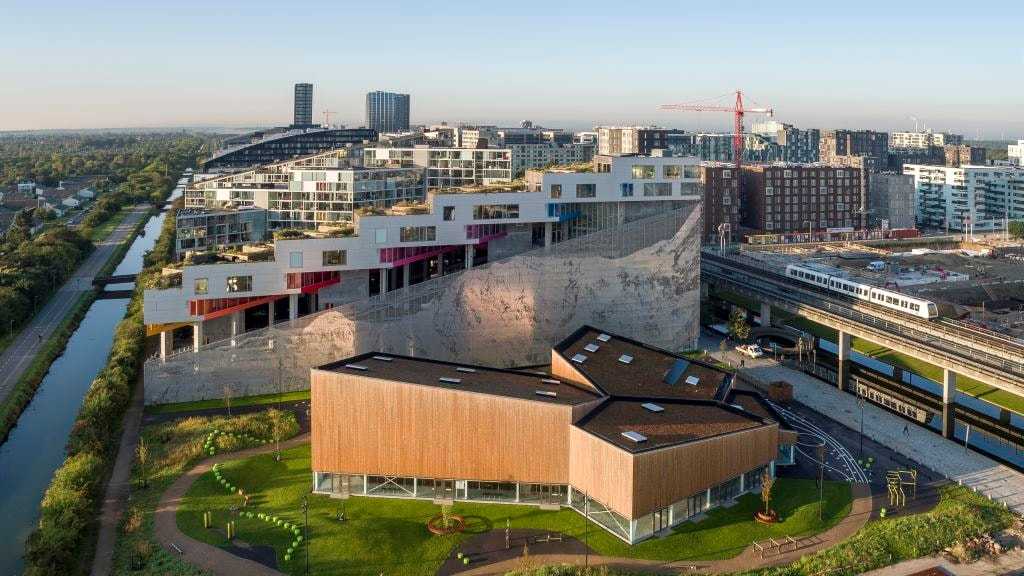The Atlas
of Urban Tech
A global atlas of case studies of tech-enabled urban districts and municipal digital masterplans.
The Atlas of Urban Tech collects case studies created by Cornell Tech students analyzing how city governments and city makers are using digital technology to make cities stronger, fairer, and more resilient. You'll find two types of case studies here:
Digital masterplans are comprehensive, long-range plans adopted by municipalities to guide policy, planning, and investment in smart city and urban tech solutions. These cases help us understand the technology priorities, strategies, and interventions of city governments.
Tech-enabled districts are neighborhood-scale real estate development projects that combine buildings, utilities, and digital services to create value for tenants, residents, and visitors. These cases help us understand the opportunities, risks, and rewards facing private sector investors.
Featured Case Studies
Key Takeaways
Collectively, these case studies of digital masterplans and tech-enabled districts highlight some underlying truths about the smart cities movement—a broad web of change that includes all of the technology advances, policy innovations, and new social movements unleashed by urban tech.
Here are a few of our key takeaways:
-
Moonshots matter less than practical urban innovations. None of the plans or districs put big bets on a single technology, or do technology for technology's sake. Instead, they strive to define and deliver diverse portfolios of practical innovations that address today's problems now.
-
City stakeholders choose which technologies succeed. The stories we tell about new technologies are full of inevitabilities (e.g. "self-driving cars will cause urban sprawl"). These plans and districts highlight the power that diverse groups of stakeholders have in deciding which urban technologies succeed—by setting priorities, creating incentives and regulating uses.
-
Cyber-physical integration is hard, but pays off. Urban tech combines digital, built, and human components. Building occupancy sensors are useless if they aren't connected to the HVAC system. And a smart building's predictive cooling algorithms must account for how people actually move around throughout the day. This integration is hard, and requires collaboration across disciplines and organizations. But it is where the real opportunity for value creation is found.


